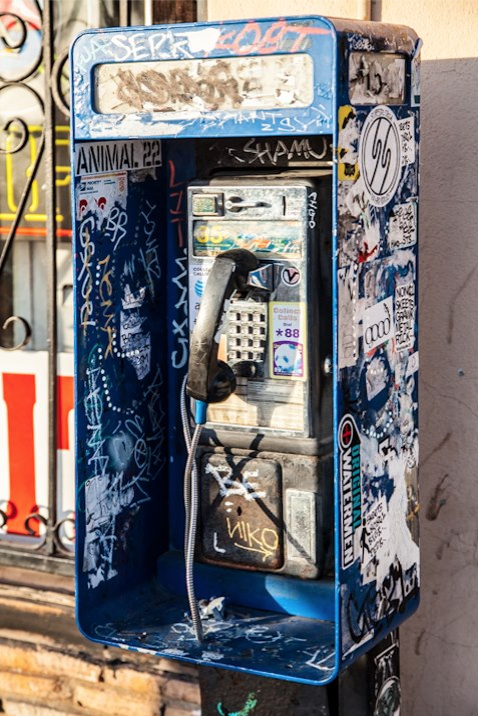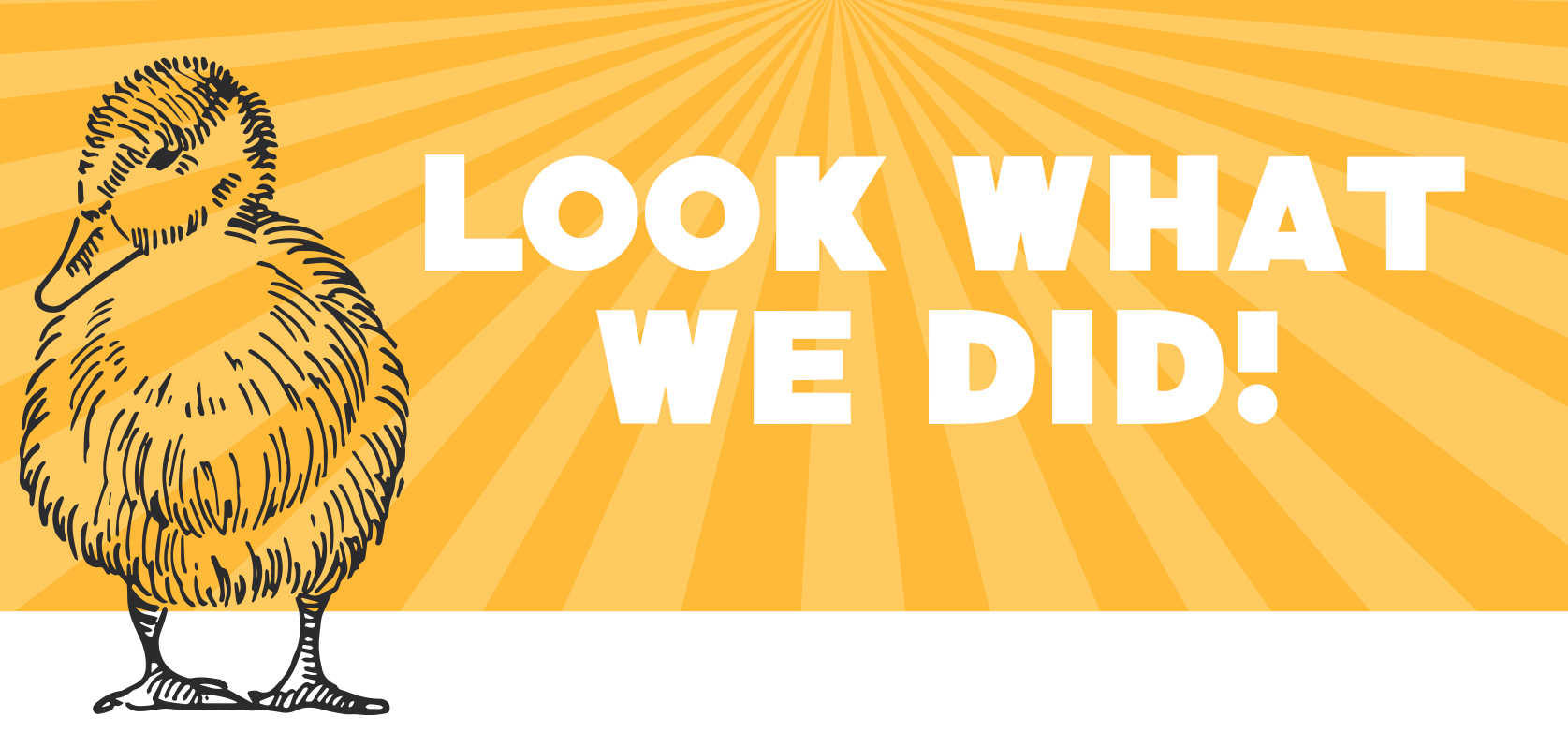National Runaway Safeline
Creating a digital footprint for the Federal communication hub of runaway and homeless youth services

Payphones.
Remember those?
Back before we all carried supercomputers in our pockets, the National Runaway Safeline (NRS) relied on a simple, toll-free, 1-800 number that could be dialed from anywhere for young people to get off the street and into a shelter.
In the 40 years since it first launched (initially with seed funding from Hugh Hefner according to urban legend), NRS had grown. From a drop-in center with a “crash couch” and beaded curtains run by hippies to a high-tech call center with hundreds of volunteer staff, tens of thousands of resources, and hundreds of thousands of crisis calls managed every year.
But the tech had outpaced them.
Digital media. Text messages. Email.
Even for kids on the street, these had become the primary form of communication. Research found that youth experiencing homelessness would use money to keep their smartphone active before they’d buy food. One survey found 90% of homeless youth interviewed maintained a Facebook page. It was the primary way they kept in touch with friends, family, service providers, and employers.
NRS scarcely had a digital presence. Its website was out-of-date and rarely kept up. Its social media, virtually nonexistent. And, a fledgling SMS system had never been put into practice.
The resource that had touched so many millions of lives since its inception was now hopelessly out-of-touch.
Strategy

Every November is National Runaway Prevention Month.
Starting with an 11-month runway, we began a campaign to build a presence across digital platforms and use the awareness month to make a huge splash online.
We also worked on a completely new website that we designed to be accessible and digestible to kids in crisis, panicked parents, or social workers looking for information. We recognized that most visitors to the page were going to be in desperate situations when they reached out, so we kept the content clean, the design simple, and the navigation clear. All of the crisis principles put in practice by liners who person the calls we built into the site itself.
Online we conducted a 3-month communication audit and outreach plan cross walking the resources in the call center database with our online efforts. If they were part of our network, we made sure they were a friend.
We took a team approach to messaging making sure that crisis managers, call center staff, teaching & technical assistance, leadership, volunteer management, and development were all on the same page of the same script with an opportunity to be heard.
We built an editorial calendar of daily activity organized around awareness campaigns. NRS takes the
stance that “if it is a crisis to you, it is a crisis to us,” which means they whatever a teen is working through, they will work with them. That means there are a lot of awareness campaigns to recognize. And, if you are willing to recognize the issues important to others, they are more likely to acknowledge the issues important to you.
Results

We launched a website that became a triage tool for emergencies.
We rolled out an awareness campaign that laid the groundwork for SMS crisis services.
The yearlong effort established a robust digital presence across properties.
And, a quarter after the campaign was complete, digital crisis requests surpassed the phone lines for the first time in 4 decades—but by that time, NRS was ready.
They went from having no digital footprint to a well-walked path for teens working through their troubles.


